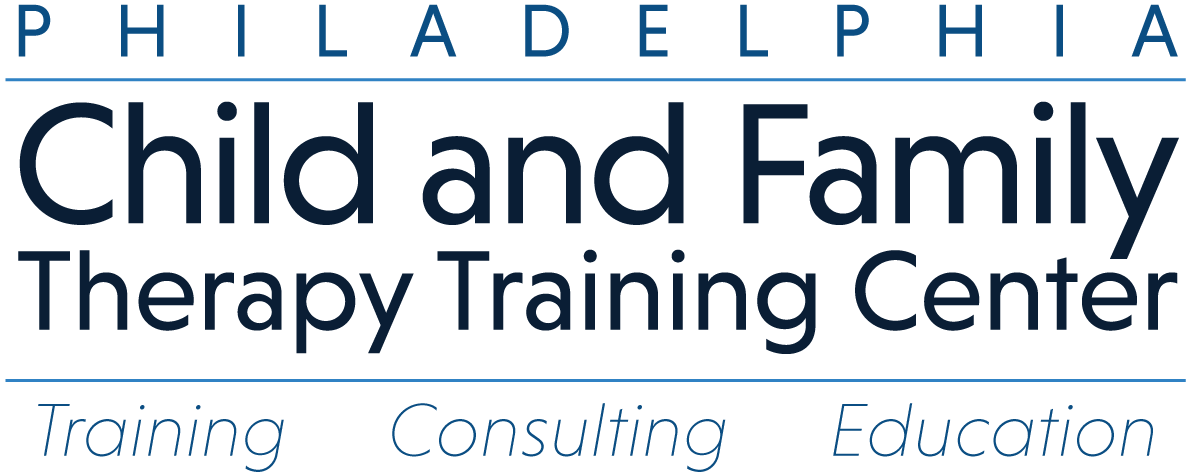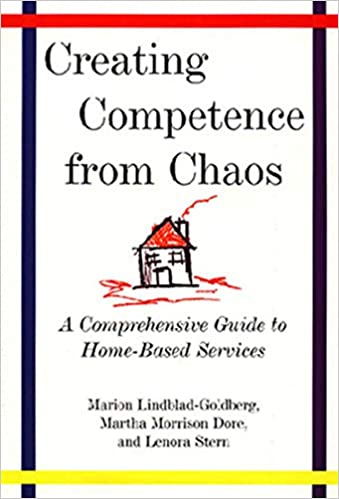
Caregivers bring a wealth of skills to their work, whether they are teachers, nurses, or professionals in other fields. These same skills can be powerful assets in family therapy, particularly in enactments—therapeutic exercises that bring healing relational patterns to life in session. By recognizing and harnessing their professional strengths, caregivers can actively participate in therapeutic interventions that foster connection, communication, and problem-solving within their families.
Translating Workplace Strengths to Family Interactions
Family therapy enactments are most effective when caregivers feel confident using the skills they already have. Consider the following:
- Active Listening & Emotional Intelligence – Many caregivers, such as therapists and teachers, are skilled at listening and responding thoughtfully to others’ emotions. These skills can help them stay attuned to their child’s needs, validate feelings, and model healthy emotional expression.
- Crisis Management & Conflict Resolution – Nurses and police officers excel at staying calm under pressure and de-escalating tense situations. These same skills can be applied to navigating family conflicts with a steady presence and thoughtful problem-solving.
- Time Management & Structure – Professionals like software engineers and electricians rely on organization and structure to be successful. Bringing this structured approach into family routines can help establish predictability and stability at home.
Below are some examples of how caregivers can use their work strengths in family therapy enactments:
Vignette 1: The Therapist Parent
A mother who is a therapist struggles with her child’s tantrums. In therapy, she practices using her professional skills—active listening and emotional validation—to reflect her child’s emotions and guide them toward calming strategies.
Vignette 2: The Nurse Parent
A father, a nurse, frequently de-escalates emergencies at work but feels overwhelmed at home. In an enactment, he practices using his calm, reassuring presence to regulate his child’s anxiety rather than reacting with frustration.
Vignette 3: The Teacher Parent
A teacher-parent finds herself lecturing her children rather than engaging them. In therapy, she applies her classroom skills by using positive reinforcement and interactive learning strategies to encourage cooperation at home.
Vignette 4: The Architect Parent
An architect struggles with chaos at home. In session, they practice applying their expertise in structured design to develop a predictable family routine that reduces stress.
By integrating their strengths into family interactions, caregivers can approach therapy with confidence and purpose. Family therapists can empower them by helping them see these strengths as invaluable tools, allowing them to create meaningful and lasting change within their households.



Leave a Reply